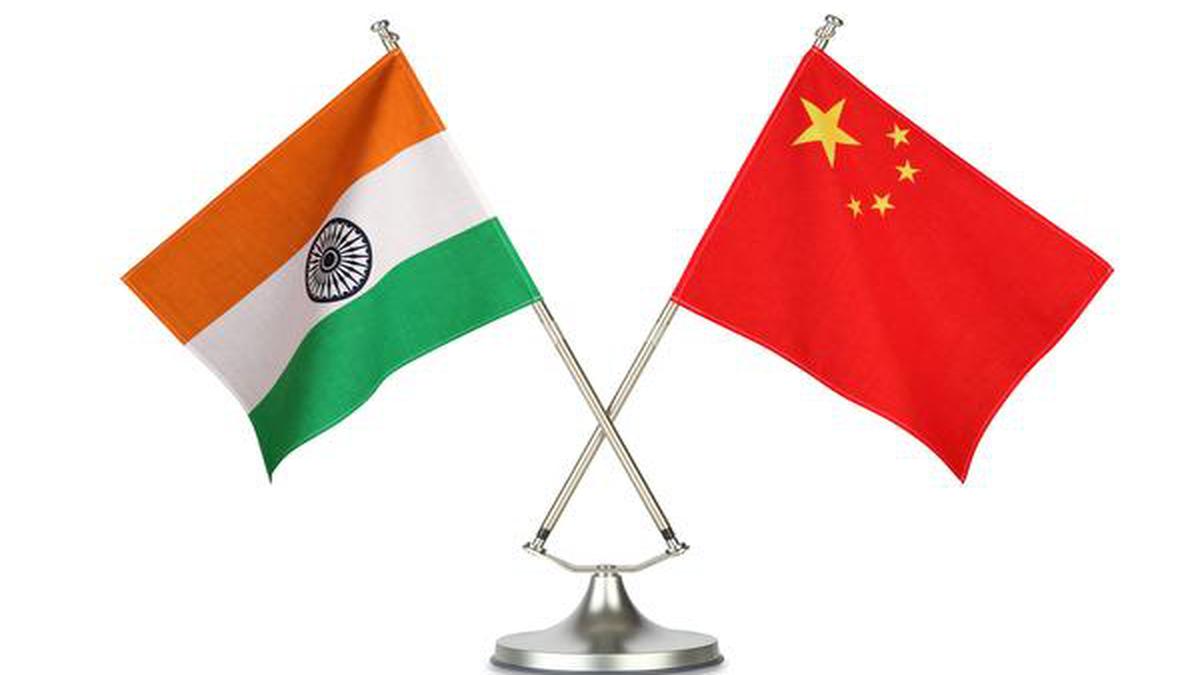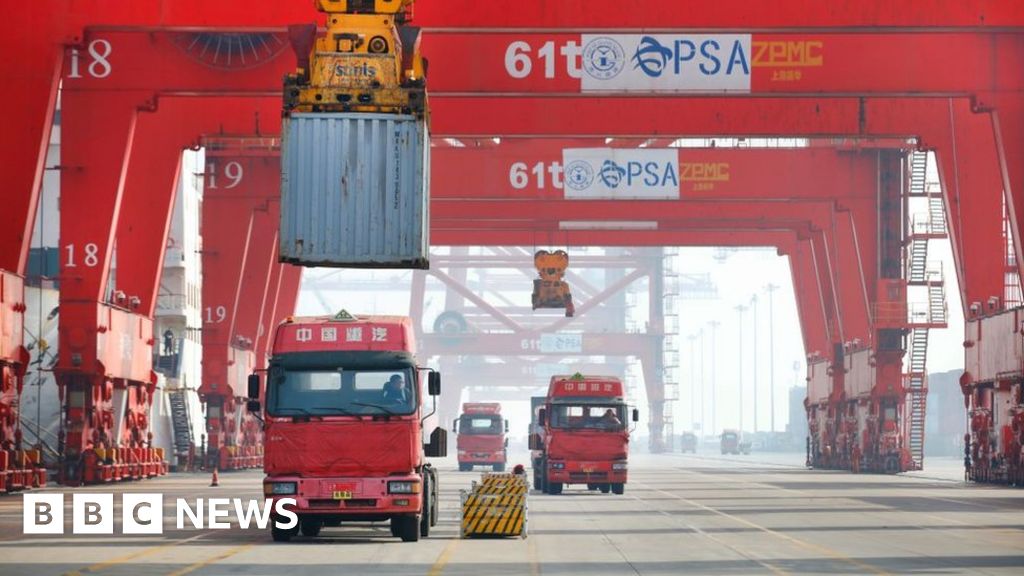Dealing with the bigger neighbour, China
Unlike its ties with Russia, bellicosity seems the signature element of Beijing’s approach to India
“Our two countries have a basic misreading of each other’s priorities,” a Chinese scholar, generally known for his hard line on India, told me in Beijing in 2014. The usual broadside about India “belittling” China’s sovereignty in Tibet followed. How could India support the McMahon Line when Tibet had “never possessed the right” to conclude sovereign agreements with the outside world, he asked. China, he continued, had practised “restraint” (hinting ominously that it could well do otherwise) in the Eastern Sector (the sector covered by the McMahon Line) of the boundary with India. And, as if foreshadowing the events in Galwan in the summer of 2020, he said that in the Western Sector of the boundary China was “practising a forward policy because there are so many grey areas”. On the other hand, if India launched “a new edition of the forward policy” in this sector, problems would “re-occur”.
An unravelling
The conversation was a grim reminder of the underlying problems in the India-China relationship even as their leaders practised bucolic, informal summitry. To the outside world, the two countries held up their relations as an example of how despite an unresolved boundary question, they had not allowed these differences to prevent the development of relations in other areas, including trade and economic ties as well as people-to-people interaction in various spheres. Peace and tranquillity in the border areas had also been maintained for over four decades. But the unravelling had begun. Two nationalisms were contending and the untrammelled rise of China was generating new global power equations and alignments. The gulf between India and China was growing. Come 2020, Galwan signalled the collapse of the edifice of bilateral relations built on these weak foundations over three decades. Measures to strengthen peace and tranquillity and confidence-building in the border areas had obviously been rendered obsolete and inadequate as armed confrontation replaced a flimsy structure of so-called peaceful coexistence.
Peace agreements over time
The road to hell is paved with good intentions.
Since 1993, India and China had arrived at a number of agreements to maintain peace and tranquillity and promote confidence building measures (CBMs) in the border areas. These were (https://bit.ly/3ul32lU), starting with 1993: the Agreement on the Maintenance of Peace and Tranquillity along the Line of Actual Control in the India-China Border Areas; the Agreement Between the Government of the Republic of India and the Government of the People’s Republic of China on Confidence-Building Measures in the Military Field Along the Line of Actual Control in the India-China Border Areas (1996); Protocol between the Government of the Republic of India and the Government of the People’s Republic of China on Modalities for the Implementation of Confidence Building Measures in the Military Field Along the Line of Actual Control in the India-China Border Areas (2005); Agreement between The Government of the Republic of lndia and The Government of the People’s Republic of China on the Establishment of a Working Mechanism for Consultation and Coordination on lndia-China Border Affairs (2012); Agreement between the Government of the Republic of India and the Government of the People’s Republic of China on Border Defence Cooperation (2013).
Some of the key features of these agreements were: the boundary question would be resolved peacefully; neither side would use or threaten to use force against the other “by any means”; that the two sides would respect and observe the Line of Actual Control (LAC); that they would jointly check and determine the segments of the LAC where they had different views as to its alignment and further, speed up clarification and confirmation of the LAC since a common understanding of the Line was necessary; that military forces (including field army, border defence forces, paramilitary forces) and major categories of armaments in mutually agreed geographical zones along the LAC would be kept to a minimum level compatible with friendly and good neighbourly relations and the “requirements of mutual and equal security”; military exercises would be undertaken only at specified levels with prior notification being given for such exercises near the LAC; prior notice would be given regarding flights of combat aircraft within 10 kilometres from the LAC; if border personnel of the two sides came face-to-face due to differences in alignment of the LAC they would exercise self-restraint and avoid an escalation of the situation; channels of communication and border personnel meetings in case of contingencies were stipulated.
The China-Russia thread
The inspiration for the first two of these Agreements, signed in 1993 and 1996, came from the example set by first the Soviet Union and then Russia in concluding such understandings on CBMs with China. As the scholar, Jingdong Yuan, has noted, at the heart of the normalisation of Russia-China relations was the resolution of the border dispute between the two and the development of CBMs in the border regions. Military confrontation — a defining feature in their relations from the 1960’s (the bloody incident of 1969 on the Damansky island may be recalled) — was removed. A strategic partnership of equality and trust oriented towards the 21st century was developed.
After the coming to power of Mikhail Gorbachev, the Soviet Union conceded a long-standing Chinese demand to allow the adoption of the median line of the navigational channel of the Amur-Ussuri River as the boundary between the two countries. It was a major concession and quite contrary to the conventional view that the bigger country is usually unwilling to cede ground in negotiations. Further Soviet moves to reduce China’s sense of insecurity followed. These were the removal of SS-20 intermediate-range ballistic missiles including from along the border with China and agreement to negotiate military CBMs. Moscow also made unilateral troop reductions.
In April 1990, an Agreement on the Guidelines of Mutual Reduction of Forces and Confidence-building in the Military Field in the Area of the Soviet-Chinese Border was signed. This committed the two governments to the reduction of military forces to the lowest level suited to normal good neighbourly relations on “an equal basis for mutual security”. (The term “mutual and equal security” often used by our analysts and experts on India-China relations owes its currency to this reference in the 1990 Soviet-Chinese Agreement just referred to and what we learnt from the Russians when they briefed us about their discussions on CBMs with the Chinese in the early 1990’s). In May 1991, an Agreement on the Eastern Sector of National Boundaries was concluded by the two countries, resolving 98% of outstanding boundary issues. They also agreed that the zone of military CBMs would be 100 km on each side of the border.
What made it work
The main characteristic of these CBMs was the willingness of the bigger power — the Soviet Union — to undertake unilateral concessions and asymmetric reductions in military strength vis-à-vis China. The collapse of the Soviet Union, far from hindering the process of normalisation only smoothened it further — Russia and China continued to improve relations, their strategic convergence spurred on by shared suspicion about the overwhelming preponderance of U.S. global power at the end of the Cold War.
The success of their alignment post-1989 and the Deng Xiaoping-Gorbachev Summit (held against the backdrop of the Tiananmen Square student demonstrations) was that they identified common interests and were committed to building a relationship that was “broadly based and institutionalized” (Jingdong Yuan). What this signified is that military CBMs and tension-reduction along the border were ‘nested’ and fostered in a vast network of cooperative alignments that Russia and China built up in numerous areas once they agreed to normalise their relations.
Points to note
Where our experience with China on CBMs and tension-reduction along the border differs from the experience of Russia is that first, the five Agreements we signed between 1993 and 2013 were not nurtured in an environment of a steady enhancement of mutual trust and political commitment for building a strong infrastructure of bilateral relations between India and China that promoted both bilateral and regional understanding and cooperative endeavour. Second, unlike in the Russia-China case, no final boundary settlement accompanied these CBMs to sustain and strengthen their operation. Even a joint clarification of the LAC remained unattainable. Third, China as the bigger power, unlike the Soviet Union under Gorbachev in its dealings with Beijing, has never signalled willingness to make asymmetric or unilateral concessions to India or act in a manner, especially in our neighbourhood, that enhances India’s trust or confidence. The bellicosity underlying the remarks by my Chinese interlocutor in 2014 is the signature element of Beijing’s approach to India. It renders the future of our relations with China uncertain and problematic.
Nirupama Rao is a former Foreign Secretary and Ambassador to China. She specialised in India-China border issues

 www.thehindu.com
www.thehindu.com
Unlike its ties with Russia, bellicosity seems the signature element of Beijing’s approach to India
“Our two countries have a basic misreading of each other’s priorities,” a Chinese scholar, generally known for his hard line on India, told me in Beijing in 2014. The usual broadside about India “belittling” China’s sovereignty in Tibet followed. How could India support the McMahon Line when Tibet had “never possessed the right” to conclude sovereign agreements with the outside world, he asked. China, he continued, had practised “restraint” (hinting ominously that it could well do otherwise) in the Eastern Sector (the sector covered by the McMahon Line) of the boundary with India. And, as if foreshadowing the events in Galwan in the summer of 2020, he said that in the Western Sector of the boundary China was “practising a forward policy because there are so many grey areas”. On the other hand, if India launched “a new edition of the forward policy” in this sector, problems would “re-occur”.
An unravelling
The conversation was a grim reminder of the underlying problems in the India-China relationship even as their leaders practised bucolic, informal summitry. To the outside world, the two countries held up their relations as an example of how despite an unresolved boundary question, they had not allowed these differences to prevent the development of relations in other areas, including trade and economic ties as well as people-to-people interaction in various spheres. Peace and tranquillity in the border areas had also been maintained for over four decades. But the unravelling had begun. Two nationalisms were contending and the untrammelled rise of China was generating new global power equations and alignments. The gulf between India and China was growing. Come 2020, Galwan signalled the collapse of the edifice of bilateral relations built on these weak foundations over three decades. Measures to strengthen peace and tranquillity and confidence-building in the border areas had obviously been rendered obsolete and inadequate as armed confrontation replaced a flimsy structure of so-called peaceful coexistence.
Peace agreements over time
The road to hell is paved with good intentions.
Since 1993, India and China had arrived at a number of agreements to maintain peace and tranquillity and promote confidence building measures (CBMs) in the border areas. These were (https://bit.ly/3ul32lU), starting with 1993: the Agreement on the Maintenance of Peace and Tranquillity along the Line of Actual Control in the India-China Border Areas; the Agreement Between the Government of the Republic of India and the Government of the People’s Republic of China on Confidence-Building Measures in the Military Field Along the Line of Actual Control in the India-China Border Areas (1996); Protocol between the Government of the Republic of India and the Government of the People’s Republic of China on Modalities for the Implementation of Confidence Building Measures in the Military Field Along the Line of Actual Control in the India-China Border Areas (2005); Agreement between The Government of the Republic of lndia and The Government of the People’s Republic of China on the Establishment of a Working Mechanism for Consultation and Coordination on lndia-China Border Affairs (2012); Agreement between the Government of the Republic of India and the Government of the People’s Republic of China on Border Defence Cooperation (2013).
Some of the key features of these agreements were: the boundary question would be resolved peacefully; neither side would use or threaten to use force against the other “by any means”; that the two sides would respect and observe the Line of Actual Control (LAC); that they would jointly check and determine the segments of the LAC where they had different views as to its alignment and further, speed up clarification and confirmation of the LAC since a common understanding of the Line was necessary; that military forces (including field army, border defence forces, paramilitary forces) and major categories of armaments in mutually agreed geographical zones along the LAC would be kept to a minimum level compatible with friendly and good neighbourly relations and the “requirements of mutual and equal security”; military exercises would be undertaken only at specified levels with prior notification being given for such exercises near the LAC; prior notice would be given regarding flights of combat aircraft within 10 kilometres from the LAC; if border personnel of the two sides came face-to-face due to differences in alignment of the LAC they would exercise self-restraint and avoid an escalation of the situation; channels of communication and border personnel meetings in case of contingencies were stipulated.
The China-Russia thread
The inspiration for the first two of these Agreements, signed in 1993 and 1996, came from the example set by first the Soviet Union and then Russia in concluding such understandings on CBMs with China. As the scholar, Jingdong Yuan, has noted, at the heart of the normalisation of Russia-China relations was the resolution of the border dispute between the two and the development of CBMs in the border regions. Military confrontation — a defining feature in their relations from the 1960’s (the bloody incident of 1969 on the Damansky island may be recalled) — was removed. A strategic partnership of equality and trust oriented towards the 21st century was developed.
After the coming to power of Mikhail Gorbachev, the Soviet Union conceded a long-standing Chinese demand to allow the adoption of the median line of the navigational channel of the Amur-Ussuri River as the boundary between the two countries. It was a major concession and quite contrary to the conventional view that the bigger country is usually unwilling to cede ground in negotiations. Further Soviet moves to reduce China’s sense of insecurity followed. These were the removal of SS-20 intermediate-range ballistic missiles including from along the border with China and agreement to negotiate military CBMs. Moscow also made unilateral troop reductions.
In April 1990, an Agreement on the Guidelines of Mutual Reduction of Forces and Confidence-building in the Military Field in the Area of the Soviet-Chinese Border was signed. This committed the two governments to the reduction of military forces to the lowest level suited to normal good neighbourly relations on “an equal basis for mutual security”. (The term “mutual and equal security” often used by our analysts and experts on India-China relations owes its currency to this reference in the 1990 Soviet-Chinese Agreement just referred to and what we learnt from the Russians when they briefed us about their discussions on CBMs with the Chinese in the early 1990’s). In May 1991, an Agreement on the Eastern Sector of National Boundaries was concluded by the two countries, resolving 98% of outstanding boundary issues. They also agreed that the zone of military CBMs would be 100 km on each side of the border.
What made it work
The main characteristic of these CBMs was the willingness of the bigger power — the Soviet Union — to undertake unilateral concessions and asymmetric reductions in military strength vis-à-vis China. The collapse of the Soviet Union, far from hindering the process of normalisation only smoothened it further — Russia and China continued to improve relations, their strategic convergence spurred on by shared suspicion about the overwhelming preponderance of U.S. global power at the end of the Cold War.
The success of their alignment post-1989 and the Deng Xiaoping-Gorbachev Summit (held against the backdrop of the Tiananmen Square student demonstrations) was that they identified common interests and were committed to building a relationship that was “broadly based and institutionalized” (Jingdong Yuan). What this signified is that military CBMs and tension-reduction along the border were ‘nested’ and fostered in a vast network of cooperative alignments that Russia and China built up in numerous areas once they agreed to normalise their relations.
Points to note
Where our experience with China on CBMs and tension-reduction along the border differs from the experience of Russia is that first, the five Agreements we signed between 1993 and 2013 were not nurtured in an environment of a steady enhancement of mutual trust and political commitment for building a strong infrastructure of bilateral relations between India and China that promoted both bilateral and regional understanding and cooperative endeavour. Second, unlike in the Russia-China case, no final boundary settlement accompanied these CBMs to sustain and strengthen their operation. Even a joint clarification of the LAC remained unattainable. Third, China as the bigger power, unlike the Soviet Union under Gorbachev in its dealings with Beijing, has never signalled willingness to make asymmetric or unilateral concessions to India or act in a manner, especially in our neighbourhood, that enhances India’s trust or confidence. The bellicosity underlying the remarks by my Chinese interlocutor in 2014 is the signature element of Beijing’s approach to India. It renders the future of our relations with China uncertain and problematic.
Nirupama Rao is a former Foreign Secretary and Ambassador to China. She specialised in India-China border issues
Dealing with the bigger neighbour, China
Unlike its ties with Russia, bellicosity seems the signature element of Beijing’s approach to India





